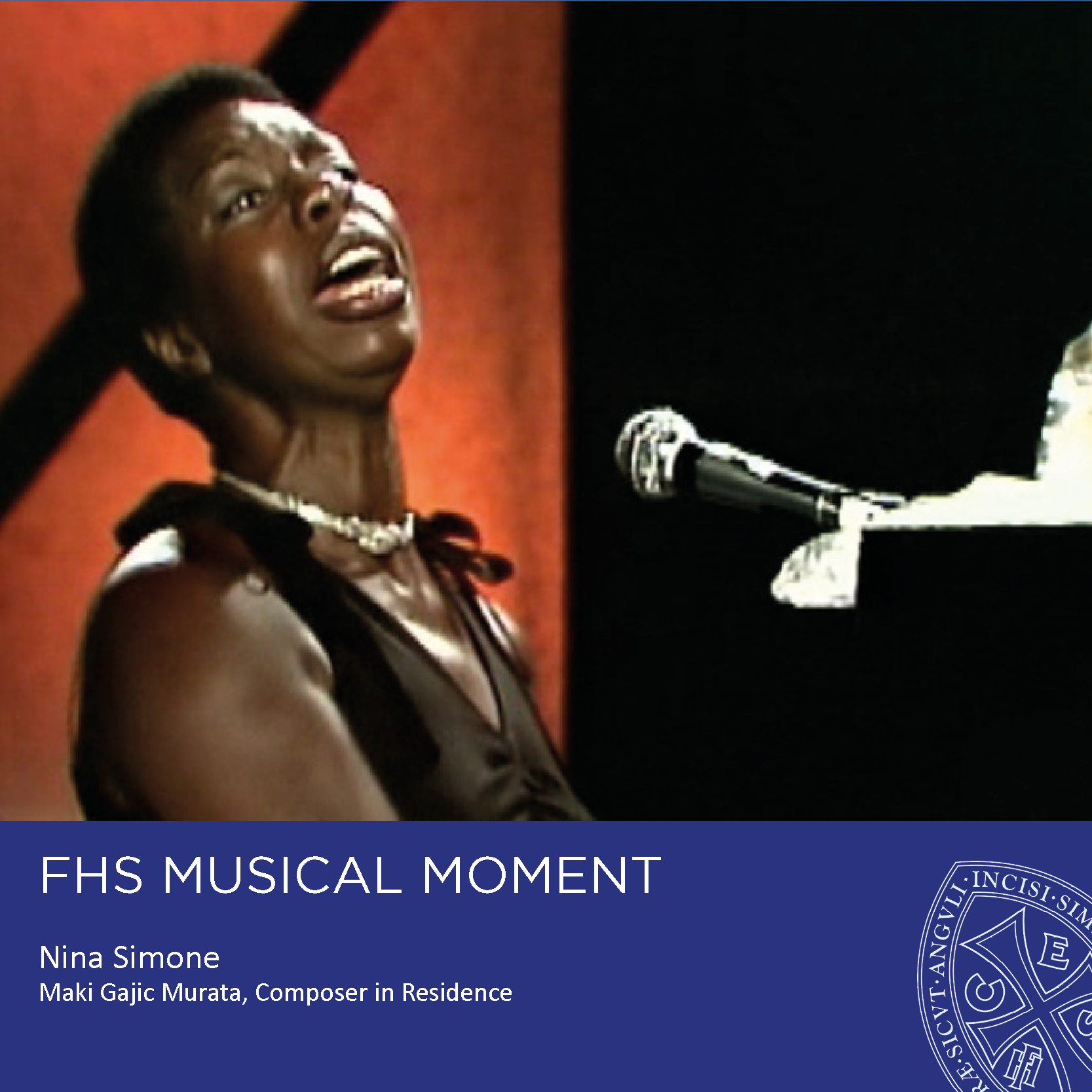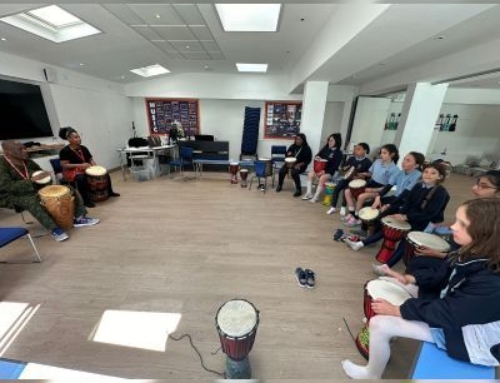Celebrating International Women’s Day, we introduce one of the most influential female artists of the 20th century, inspiring a generation of female singers as her legacy.
Nina Simone was one of the most extraordinary artists of the twentieth century and an icon of American Music. She was a brilliant storyteller and used her talent to create a legacy of liberation, empowerment, passion, and love through her songs. Nina Simone earned the moniker ‘High Priestess of Soul’ due to the seductive and hypnotic effect she would have on the listener as she sang her music.
Born Eunice Kathleen Waymon in 1933, Nina had a natural talent for piano and could virtually play anything by ear. After graduating valedictorian of her high school class, Eunice’s community raised money for a scholarship to study at Julliard in New York City before applying to the prestigious Curtis Institute of Music in Philadelphia (at which she was rejected a place).
Due to low funds, Eunice auditioned to play piano at the Midtown Bar & Grill in New Jersey, with the result being that she would have to play and sing. Despite her dreams to become the first black female classical pianist, Eunice needed the income and accepted.
Word spread about Eunice’s style of transforming popular tunes from the likes of Gershwin, Cole Porter and Richard Rodgers, and synthesising them with jazz, blues and classical music. Her rich and unusually deeper voice, combined with her mastery at the piano, soon attracted club goers up and down the East Coast. Eunice took on the name, Nina Simone, “Nina” meaning “little one” in Spanish and “Simone” after the actress Simone Signoret.
At 24, Nina was signed by Syd Nathan to his Jazz imprint, Bethlehem Records. One of Nina’s stated musical influences was Billie Holiday and her inspired reading of “Porgy” from “Porgy and Bess” heralded the arrival of a new talent on the national scene.
“Critics started to talk about what sort of music I was playing,” writes Nina in her 1991 autobiography I Put A Spell On You, “and tried to find a neat slot to file it away in. It was difficult for them because I was playing popular songs in a classical style with a classical piano technique influenced by cocktail jazz. On top of that I included spirituals and children’s song in my performances, and those sorts of songs were automatically identified with the folk movement. So, saying what sort of music I played gave the critics problems because there was something from everything in there, but it also meant I was appreciated across the board – by jazz, folk, pop and blues fans as well as admirers of classical music.” Clearly Nina Simone was not an artist who could be easily classified.
Nina’s music is incredibly iconic and recognisable even today. Her voice, though not classically trained and rough round the edges, fits the tone of much of her music about oppression and racism. Nina Simone is considered by far to be one of the most influential jazz singers of her time and listening to these brief music clips, one can see why she is still remembered to this day.
Maki Gajic-Murata, Composer-in-Residence














